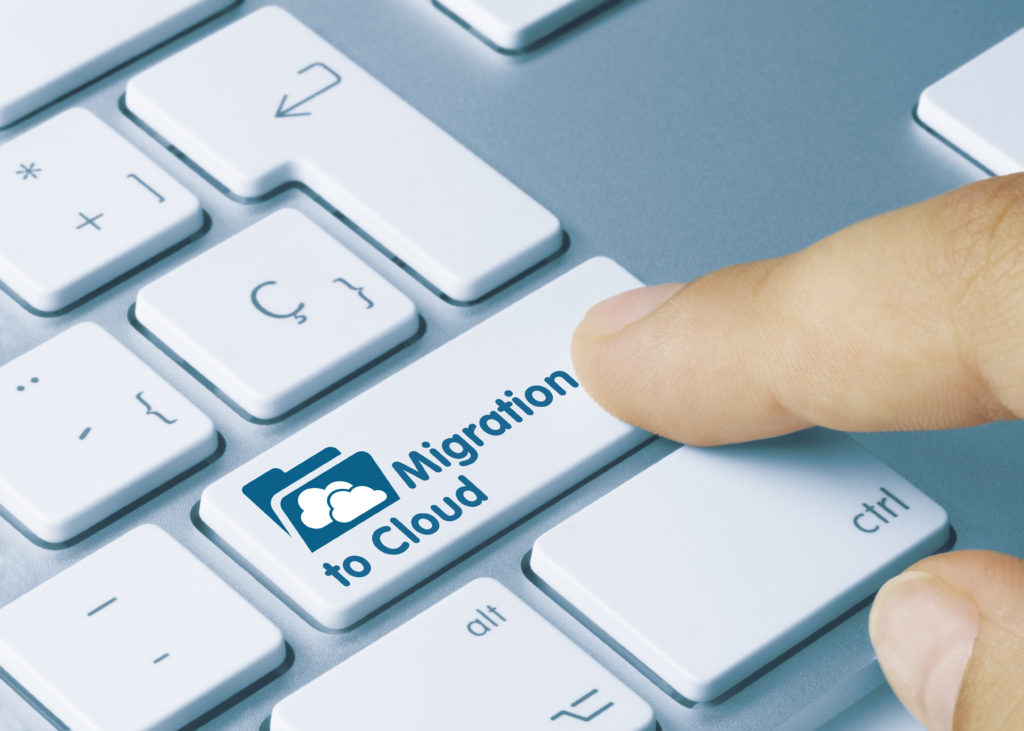For years, businesses have been using computers and on-premise servers to streamline processes and perform core functions. That said, this traditional model has become limited in a modern, fast-paced business environment that demands accessible information from anywhere in the world, anytime. With this, most of today’s businesses are now moving to the cloud.
What Is Cloud Migration?
In terms of the digital world, the cloud isn’t literal clouds but servers that can be accessed over the internet. Cloud migration is the act of transferring your digital resources to these cloud servers, either wholly or partially. These resources may include your company’s digital assets, databases, IT resources, services, and applications. It can also refer to moving these resources from one cloud server to another.

Benefits Of Cloud Migration
Cloud migration is now being favored over traditional servers for many good reasons. For one, it helps in the reduction of the total cost of ownership. This means you don’t have to invest in the hardware and software needed to establish an on-premise data center or server. It also helps reduce expenses in hiring specialized IT experts to manage traditional IT infrastructure.
Cloud migration also provides faster time to deliver and enhanced opportunities for innovation. Switching to the cloud also allows better scalability based on your business’s IT requirements and goals. Thanks to the flexibility and agility it provides, moving to the cloud allows you to meet the changing market and consumer demands.
Perhaps one of the most critical benefits of migrating to the cloud is enhanced security. Toronto IT company Fusion Computing shared that when done right, migrating to the cloud tends to be more secure than traditional network systems. The majority of cloud providers offer top-of-the-line security for their services and ensure compliance certifications. If that’s not enough, they also come with built-in security features such as periodic updates, security analytics, and cross-enterprise visibility.
Types Of Cloud Computing Model
The cloud is categorized into four types. Choosing a cloud type is a unique decision, and understanding their differences can help you choose the right one for your business needs.
1. Public Cloud
With a public cloud, the services are owned and managed by a third-party vendor, also known as the cloud service provider, over the public internet. Traditional public clouds ran off-premises. However, today’s public cloud providers have started providing cloud services on a client’s on-premise data centers. Some of the advantages of a public cloud include simplified infrastructure management, 24/7 uptime, and the ability to only pay for what you use.
2. Private Cloud
A private cloud is a cloud environment solely dedicated to a single group or end-user. The environment usually runs behind that group or user’s firewall. A cloud becomes private when the underlying IT system is dedicated to a single customer with wholly isolated access. This approach makes it preferred by the financial industries as well as the government seeking maximum control and customization.
3. Hybrid Cloud
As its name implies, hybrid cloud combines the elements of public and private cloud, allowing resources to move between the two. A hybrid cloud works well for a business that requires an element of private cloud such as regulation requirements on sensitive data but still needs access to public clouds and their benefits. With this, apps and resources can move in and out of multiple separate but connected cloud environments.
4. Multi-cloud
Multi-cloud refers to the use of multiple cloud services in a single environment. For instance, this can mean a mix of private and public clouds or using a combination of private or public cloud providers to reduce the reliance on a single provider or enjoy the benefits of more than one provider. Multi-cloud is a popular cloud strategy among larger businesses and enterprises.
Cloud Migration Strategies
Businesses looking to migrate to the cloud this 2022 should consider which migration strategy best answers their needs.
1. Rehost
Also known as the “lift and shift” strategy, rehosting refers to using infrastructure-as-a-service (IaaS) solutions. With this strategy, you simply re-deploy your existing apps and data on the cloud server.
2. Replatform
Replatforming is like rehosting but with extra steps. It is when you tweak and optimize your applications before moving them to the cloud. With re-platforming, a platform-as-a-service (PaaS) model is used.
3. Refactor
This approach has a strong desire to improve your product and represents the opposite of a rehosting migration. It refers to completely re-engineering your application logic and developing a cloud-native version from scratch.
4. Repurchase
With this strategy, you change the proprietary app in use for the new cloud-based service or platform. Oftentimes, this means dropping the existing license agreement and going for a new service or platform in its place.
5. Retire
For more complex applications and environments, some existing infrastructure components are turned off or retired while replacing their functionalities with other components and services. With this, you can reduce the complexity of your IT infrastructure and make it leaner.
Take Away
There you have it! Cloud adoption has become an integral part of IT optimization in this modern era. Migrating to the cloud isn’t exactly a walk-in-the-park move, but when done properly, it may effectively lead businesses to improve inefficiencies, be more agile and provide excellent customer experiences.
















